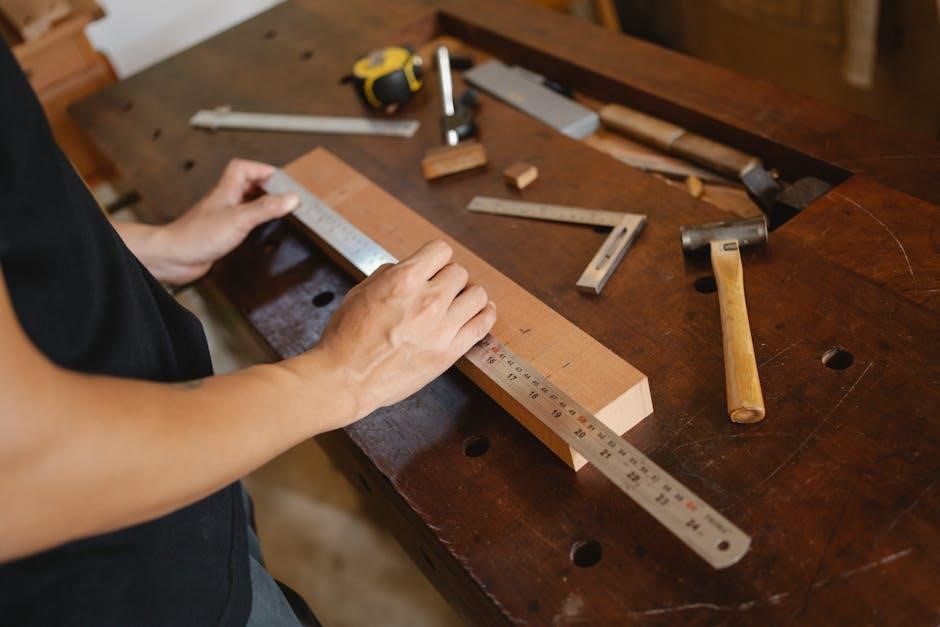
The CADD pump instructions are provided to ensure safe use of the device, with
clear guidelines
for patients and healthcare providers to follow carefully always.
Understanding the CADD Infusion Pump
The CADD infusion pump is a medical device used to deliver medication to patients, with a range of features and settings to ensure safe and effective use. The pump is designed to be portable and easy to use, with a simple interface and clear instructions. Patients and healthcare providers can use the pump to administer medication continuously or intermittently, with options for bolus doses and patient-controlled administration. The pump is typically programmed by choosing a protocol or manually setting the desired infusion rate and volume. Understanding the CADD infusion pump is essential for safe and effective use, and patients and healthcare providers should carefully read the instructions and follow the guidelines provided. The pump is an important tool for managing pain and other medical conditions, and proper use can help improve patient outcomes and quality of life.

Preparing the CADD Pump
Patients should lay out supplies on a clean surface and charge the battery before use always.
Laying Out Supplies and Charging the Battery
To begin using the CADD pump, patients should lay out all necessary supplies on a clean surface, including the pump, medication, and infusion set.
The CADD pump will have a fully charged battery before use, but patients should be aware of how to charge and replace the battery as needed;
The battery compartment can be opened to insert new batteries, and patients should follow the manufacturer’s instructions for charging and maintaining the battery.
By laying out supplies and charging the battery, patients can ensure a smooth and safe infusion process.
Patients should always follow the instructions provided with the medication and pump to ensure proper use and avoid any potential complications.
The CADD pump is designed to be easy to use, but patients should still take the time to carefully read and follow the instructions.
This will help to ensure a successful infusion and minimize the risk of any problems or errors.

Operating the CADD Pump
Patients should follow the instructions for operating the CADD pump carefully always using the device correctly and safely every time with easy steps and guidelines provided online.
Programming the Pump and Starting the Infusion
To program the pump, choose a protocol and select the therapy, qualifier, and drug. The pump can be programmed manually or by selecting a pre-set protocol.
The patient’s healthcare provider will provide instructions on how to program the pump and start the infusion.
It is essential to follow these instructions carefully to ensure safe and effective use of the pump.
The pump’s screen will display the programmed settings, and the patient should verify that the settings are correct before starting the infusion.
The patient should also be aware of the pump’s alarm signals and know how to respond to them.
By following the instructions and taking the necessary precautions, patients can safely and effectively use the CADD pump for their medication infusion needs.
The pump’s user-friendly interface makes it easy to navigate and program the device.
Patients should always refer to the user manual for specific instructions on programming the pump and starting the infusion.

Troubleshooting the CADD Pump
Resolve issues with the CADD pump by checking the user manual or contacting the manufacturer for assistance and support always and carefully every time.
Resolving Problems and Replacing Batteries
To resolve problems with the CADD pump, first check the user manual for troubleshooting guides and tips. If the issue persists, contact the manufacturer or a healthcare professional for assistance. When replacing batteries, ensure to use the correct type and follow the instructions provided. The CADD pump requires four AA batteries, which should be inserted matching the + and ─ markings. It is essential to change the batteries prior to starting a new infusion to avoid any interruptions. Regularly checking the battery level and replacing them as needed will help prevent any issues with the pump. By following these steps, users can ensure the CADD pump functions correctly and provides the required medication. Proper maintenance and care of the pump are crucial for effective treatment and patient safety.

Maintenance and Disposal of the CADD Pump
Regular cleaning and proper disposal of the CADD pump are essential for patient safety and hygiene always using guidelines.
Disconnecting and Flushing the Pump
To disconnect the CADD pump, twist the tubing counter-clockwise to release it from the pump, then follow the instructions for flushing the pump and tubing.
The healthcare provider will give specific instructions on how to flush the pump and when to do it, usually after the infusion is complete.
It is essential to follow these instructions carefully to prevent any medication or fluid from remaining in the pump or tubing.
The flushing process helps to maintain the pump’s function and prevents any potential complications.
After flushing, the pump and tubing should be disposed of according to the healthcare provider’s guidelines and local regulations.
Proper disposal of the pump and tubing is crucial for patient safety and hygiene.
The CADD pump instructions should be consulted for specific guidance on disconnecting and flushing the pump.
By following these steps, patients can ensure the safe and effective use of the CADD pump.
Proper use of the CADD pump requires careful attention to instructions always for patient safety and effective treatment outcomes using the device correctly.
Importance of Following Instructions
The importance of following instructions for the CADD pump cannot be overstated, as it ensures safe and effective use of the device. By carefully reading and adhering to the guidelines, patients and healthcare providers can minimize the risk of errors and complications. This includes understanding how to properly operate the pump, administer medication, and troubleshoot any issues that may arise. Following instructions also helps to prevent accidents and ensures that the pump is used in accordance with its intended purpose. Overall, adhering to the instructions is crucial for achieving optimal outcomes and maintaining patient safety. Proper use of the CADD pump requires attention to detail and a commitment to following established protocols and guidelines. By doing so, patients can receive the benefits of the medication while minimizing potential risks. Effective treatment outcomes depend on careful instruction following.





